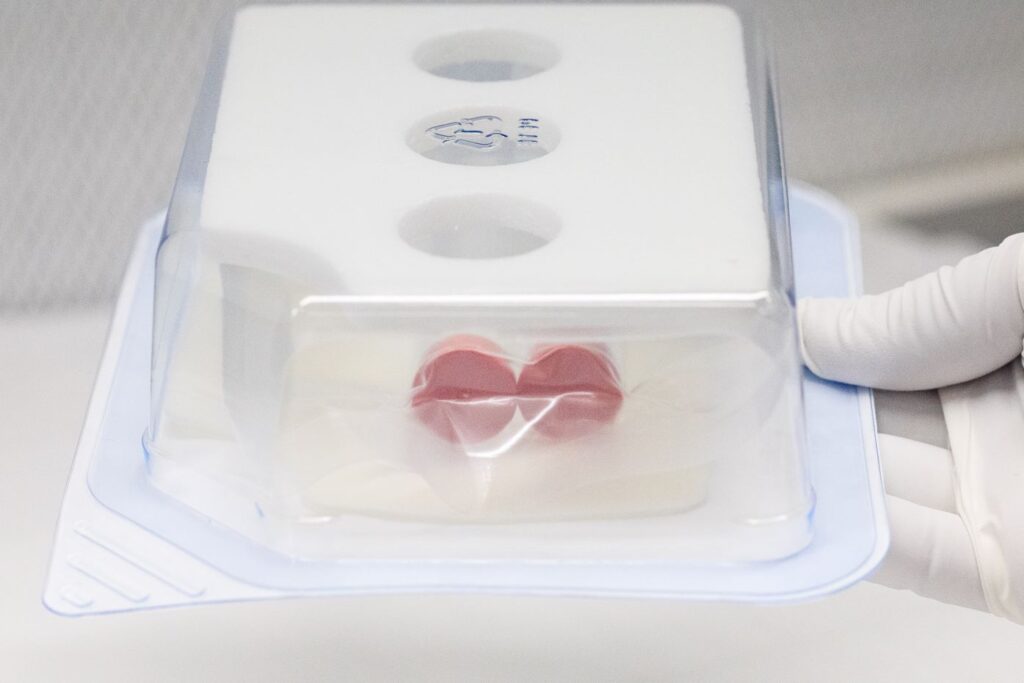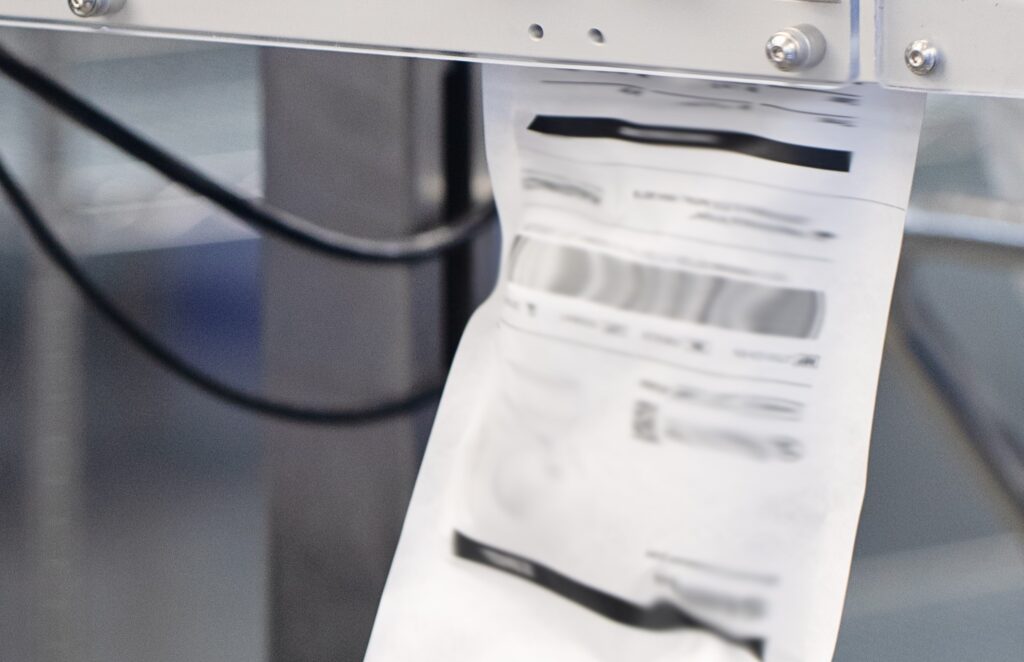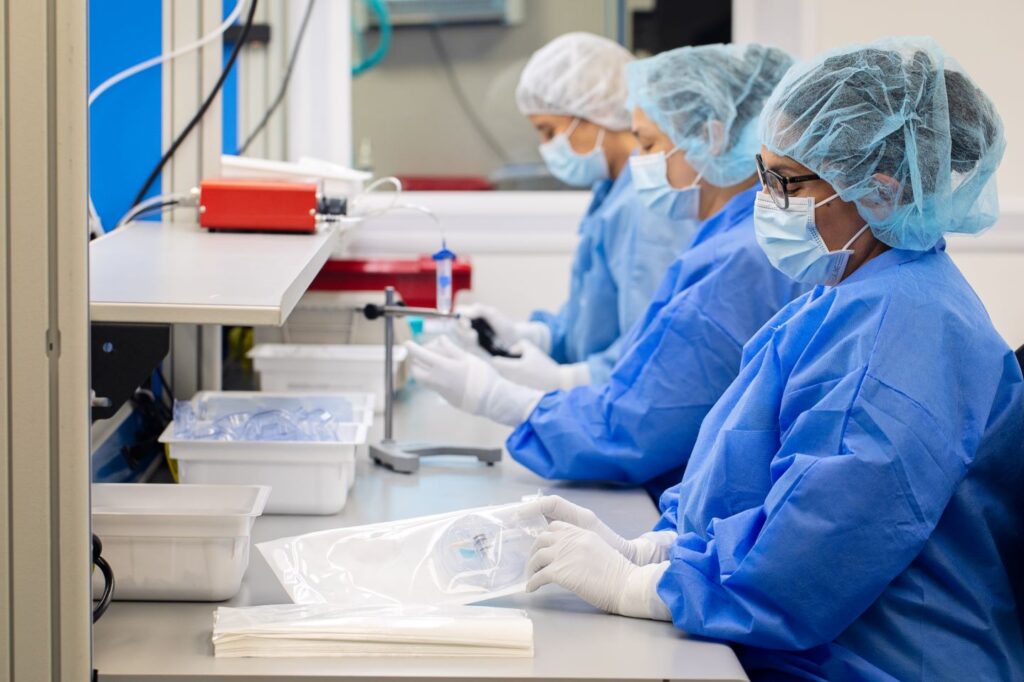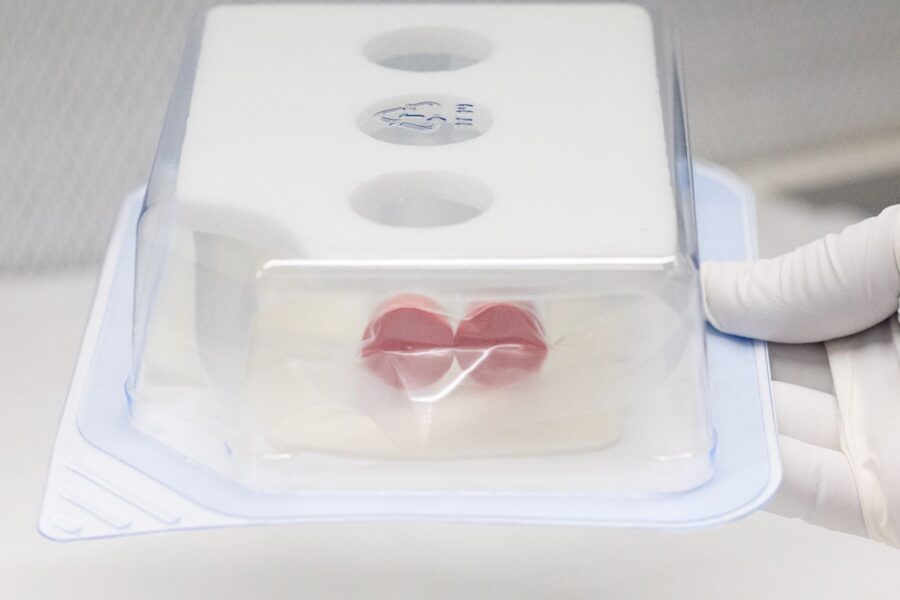The art and science of packaging in the medical device sector are foundational to the industry’s mission of delivering health solutions safely and effectively. This critical aspect of medical device production is not merely about encasing a product; it’s about safeguarding the integrity, functionality, and sterility of devices that play pivotal roles in patient care and treatment.
From the moment a medical device leaves the manufacturing line to the instant it’s deployed in a clinical setting, its packaging is its protector, shielding it from microbial invasion, environmental hazards, and physical damages.
In this article, we will discuss the top five materials that have become the cornerstones of medical device packaging, each selected for their unique ability to meet the stringent demands of this field and uphold the standards of patient care.
The Importance of Packaging in the Medical Device Industry
According to a study published in the Journal of Hospital Infection, proper medical device packaging can reduce the risk of device-related infections by up to 50%. However, the role of packaging doesn’t end there; it also provides essential information, aids in the safe and efficient use of the device, and ensures compliance with regulatory standards.
Criteria for Selecting Packaging Materials
When selecting materials for medical device packaging, several important criteria come into play:
- Sterility: The material must provide an effective barrier against microorganisms to maintain the device’s sterility until use. This is non-negotiable, as the introduction of pathogens could lead to infections and other serious health complications.
- Durability: Packaging also must withstand various stresses during transportation and storage, including impacts, vibrations, and environmental conditions, without compromising its integrity.
- Regulatory Compliance: Materials must meet specific standards and regulations set by governing bodies like the FDA (Food and Drug Administration) in the United States and the EMA (European Medicines Agency) in Europe. These regulations ensure that packaging materials are safe and effective for their intended use.
- Compatibility: Another important aspect is that the material must be chemically compatible with the medical device, ensuring that there are no adverse reactions that could affect the device’s performance or safety.
- Environmental Considerations: With increasing awareness of environmental issues, the sustainability of packaging materials has become an important factor. Materials that are recyclable, biodegradable, or derived from renewable resources are increasingly favored.
The selection of the right packaging material is a complex process. Certain materials are preferred in the medical device packaging industry due to their ability to meet these stringent criteria.
#1: High-Density Polyethylene (HDPE)
High-Density Polyethylene (HDPE) is a robust, lightweight plastic known for its high strength-to-density ratio. It’s resistant to impacts, moisture, and various chemicals, making it an ideal candidate for medical device packaging.
Advantages:
HDPE’s durability, availability, and cost-effectiveness are its primary benefits. These properties help ensure that medical devices remain sterile and intact throughout their lifecycle. Besides that, According to the American Chemistry Council, HDPE has a recycling rate of approximately 30%, making it one of the more recyclable plastics used in medical device packaging.
Potential Limitations:
While HDPE offers many advantages, it’s not suitable for all devices. Its rigidity, while beneficial for protection, may not be ideal for devices requiring flexible packaging. Also, HDPE’s resistance to certain chemicals can vary, necessitating careful evaluation for compatibility.

#2: Polyethylene Terephthalate (PET)
Polyethylene Terephthalate, or PET, is a clear, strong, and lightweight plastic. It’s widely recognized for its use in beverage bottles but has significant applications in medical device packaging due to its barrier properties and durability.
Advantages:
The clarity of PET allows for easy inspection of the packaged product, a crucial factor in medical settings. Its strength and resistance to impacts ensure that devices are protected during shipping and handling. Moreover, research demonstrates that PET’s barrier properties can extend the shelf life of medical devices by providing excellent protection against moisture and oxygen ingress.
Potential Limitations:
One of the main drawbacks of PET is its potential for degradation under extreme temperatures, which can limit its use in certain environments. Additionally, while recyclable, the recycling process for PET can be complex and resource-intensive.

Material #3: Polyvinyl Chloride (PVC)
Polyvinyl Chloride (PVC) is a versatile plastic with a wide range of applications, including medical device packaging. It’s known for its flexibility, clarity, and chemical resistance.
Advantages:
PVC’s flexibility makes it suitable for packaging a variety of medical devices, from the rigid to the more pliable. Its clarity, like PET, allows for the easy visual inspection of its contents, a very important attribute in medical settings.
Potential Limitations:
A report by the Environmental Protection Agency (EPA) highlights the concerns regarding PVC’s lifecycle, including the release of dioxins during manufacture and disposal, prompting a search for safer alternatives.

Material #4: Tyvek
Tyvek is a synthetic material made from high-density polyethylene fibers. It’s unique in that it combines the performance of paper, film, and fabric. Known for its durability, Tyvek offers tear resistance, and the ability to provide a superior barrier against microbes and other particulates.
Advantages:
Tyvek’s resistance to microbial penetration is a standout feature. It ensures that devices remain sterile until opened. Besides that, its lightweight and flexible nature also contribute to its popularity in the industry.
Potential Limitations:
While highly effective, Tyvek is generally more expensive than some other materials. Additionally, it requires specific sealing technologies to ensure package integrity, which can add to the overall packaging costs.

Material #5: PET Film
PET Film is a lightweight, yet strong material that is often used with Tyvek as part of a pouch. It is clear, so you can easily see the product inside, yet strong enough to protect it. We often use PET film in combination with Tyvek to give customers a lightweight, visible pouch that allows for easy inspection and use…
Advantages:
The impermeability of aluminum makes it an excellent choice for sensitive devices, particularly those susceptible to degradation from light or oxygen exposure. The International Aluminium Institute reports that nearly 75% of all aluminum ever produced is still in use today, thanks to recycling, underscoring aluminum’s role in sustainable packaging solutions
Potential Limitations:
The main limitation of aluminum is its lack of transparency, which prevents visual inspection of the packaged product. Additionally, aluminum can be prone to corrosion under certain conditions, which may necessitate protective coatings or layers.

Future Trends in Medical Device Packaging Materials
As the landscape of medical device packaging is evolving, there are several key trends are poised to shape the next generation of packaging materials in the medical device industry.
-
Advanced Barrier Coatings
Innovation in barrier coatings is enhancing the protective qualities of more traditional packaging materials. These coatings are designed to improve the barrier properties against moisture, oxygen, and microbial penetration, extending the shelf life of sensitive medical devices. Nanotechnology plays an important role here, with nano-coatings offering new levels of protection in incredibly thin layers, adding minimal bulk or weight to the packaging.
-
Smart and Intelligent Packaging
Smart packaging incorporates features that provide more than just physical protection; they offer interactive elements that can monitor the condition of the device, track its location, or verify its authenticity. For example, packaging with built-in sensors can monitor temperature or humidity levels, crucial for sensitive devices where exposure to adverse conditions could compromise functionality. Intelligent packaging might also include QR codes or NFC (Near Field Communication) tags, enabling patients and healthcare providers to access detailed product information, usage instructions, or authenticity verification through their smartphones.
-
3D Printing in Packaging Design
3D printing technology, also known as additive manufacturing, is revolutionizing the design and production of medical device packaging. This technology allows for rapid prototyping and customization of packaging solutions, accommodating the unique shapes and sizes of medical devices with precision. The ability to produce small batches efficiently also makes 3D printing an attractive option for niche or highly specialized medical devices.
-
Sustainability and Circular Economy
The medical device industry is increasingly adopting principles of the circular economy, focusing on sustainability throughout the lifecycle of packaging materials. This involves designing packaging that can be easily recycled or reused, reducing waste and resource consumption. Manufacturers are exploring packaging designs that minimize material use without compromising protection, alongside systems for reclaiming and recycling materials post-use.
-
Regulatory and Compliance Evolution
The evolving landscape of materials and technologies in medical device packaging is paralleled by shifts in regulatory frameworks, which are increasingly influenced by considerations of environmental sustainability and patient safety. Manufacturers must stay abreast of these changes to ensure compliance while innovating in their packaging solutions.
As we stand on the cusp of these transformative trends, it’s clear that the future of medical device packaging is not just about meeting the fundamental criteria of sterility, durability, and compliance. It’s about embracing innovation and sustainability in equal measure, ensuring that the packaging of tomorrow not only safeguards the vital instruments of healthcare but does so in a manner that is kinder to the planet.
The journey ahead is one of exciting possibilities, where the packaging becomes an integral part of the solution, contributing to a healthier, safer, and more sustainable world.

